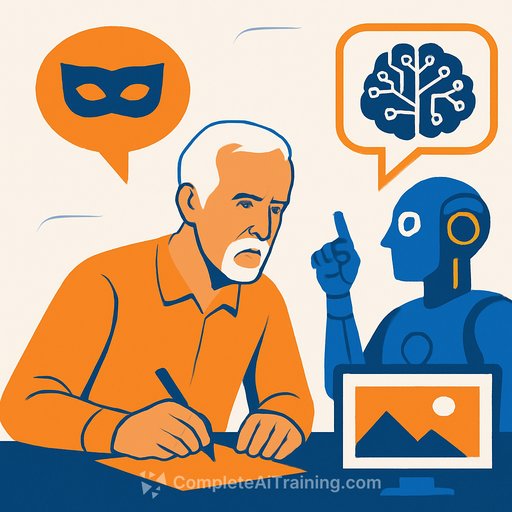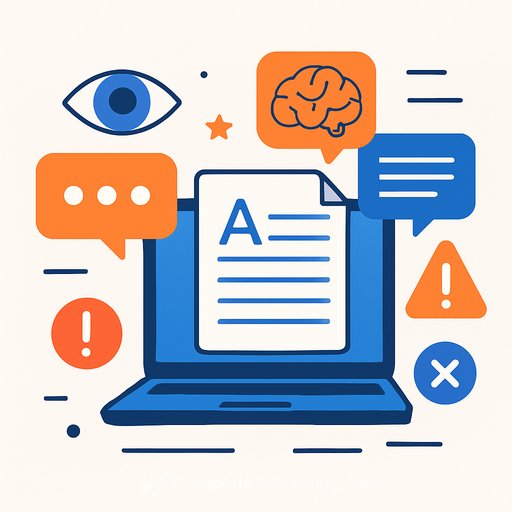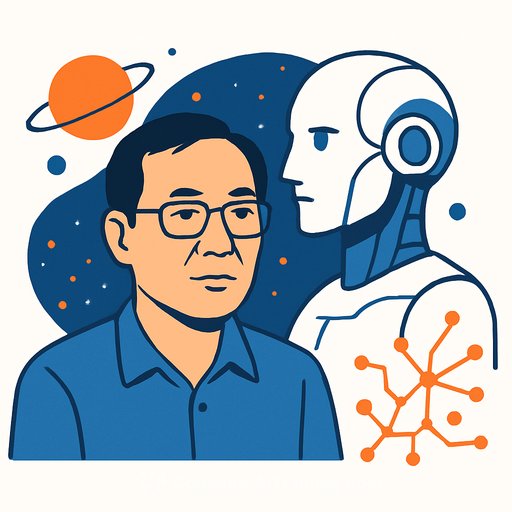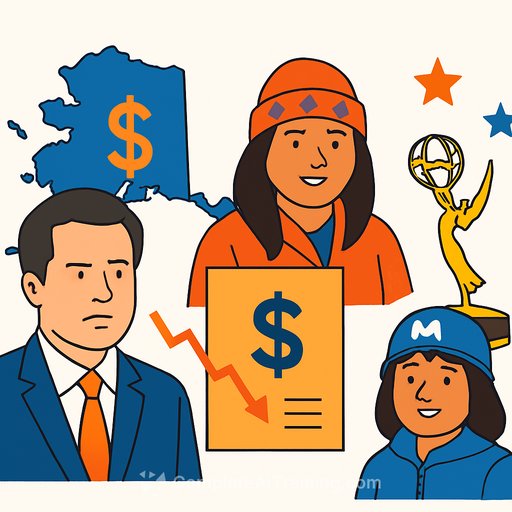James Cameron's Rule for AI: Cut Costs, Don't Cut Out the Human
James Cameron has been blunt about AI. He worries about its use in weapons and a "nuclear arms race," but he draws an even firmer line around what he calls the "sacred creative act."
For writers, his stance is simple and useful: AI can support production, but it shouldn't author your story or replace human performance.
The line he won't cross
Cameron doesn't want AI writing scripts or replacing actors. "Any good screenwriter has a particular lens on the world, a unique lived experience, and that's what they're there to express."
In his view, storytelling with actors is non-negotiable. That's the work that should stay human from concept to performance.
Where AI fits: bring costs down, not voices out
He sees AI's value in reducing the price of large-scale production, especially VFX. Avatar films are "quite expensive," and he's open to exploring Gen AI to lower those costs so more ambitious films can get greenlit.
But he won't replace the sacred creative act: writing, creating characters, working with actors, and collaborating with artists to build the world. That must not change.
Practical takeaways for working writers
- Keep authorship human. Your voice, lived experience, and point of view drive the work. Draft core story beats, character arcs, and theme yourself.
- Use AI for support, not substance. Research summaries, beat alternatives, logline variations, continuity checks, tone audits, and VFX previsualization notes are fair game.
- Protect your voice. Create a style guide (tone, cadence, taboo phrases, references) and revise AI outputs so they sound like you-not a template.
- Be explicit in contracts. Define acceptable AI use, data rights, credit, and approvals for synthetic voices or likenesses.
- Focus on greenlight factors you control. If budgets are tight, use AI to prototype visuals and reduce revisions, but keep final character and dialogue decisions in human hands.
Hollywood's AI flashpoint
An AI-generated "actress," Tilly Norwood, appeared at the Zurich Film Festival and sparked pushback from SAG-AFTRA. The debate is no longer theoretical-it's here, and it affects credit, consent, and compensation.
For union guidance and policy updates, see SAG-AFTRA's AI resources.
Avatar's outlook-and a writer's filter for the future
Cameron says the next decade will test us: AI reaching an inflection point, climate issues intensifying. He won't pretend to predict 200 years from now-"We could have a thriving civilization. It could be nothing but cockroaches and tumbleweeds."
His north star stays the same: make stories that reconnect people, seek balance, and hold light and dark together. For writers, that means this: use AI to speed the scaffolding, but keep the soul in your hands.
Want to use AI without losing your voice?
If you're experimenting with assistants for research, outlining, or polishing, this curated list can help you pressure-test tools without giving up authorship: AI tools for copywriting.
Your membership also unlocks:






